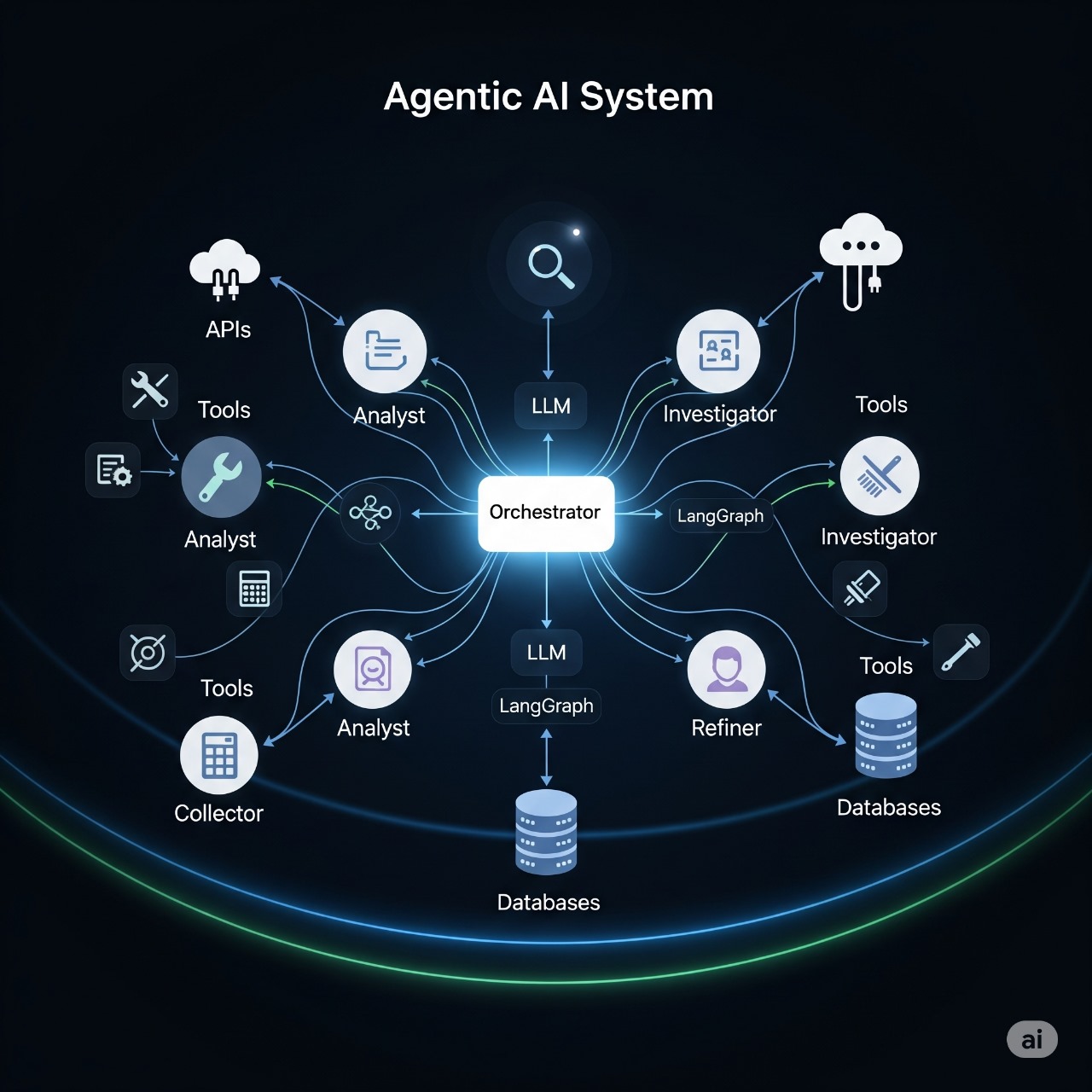
Loved by our clients







Our AI Offerings
Comprehensive AI solutions designed specifically for telecom and enterprise needs

We provide out-of-the-box frameworks designed specifically for telecom needs. By leveraging pre-built solutions, we enable rapid deployment for common telecom use cases—from customer service automation to network troubleshooting—allowing you to scale faster and reduce implementation costs.
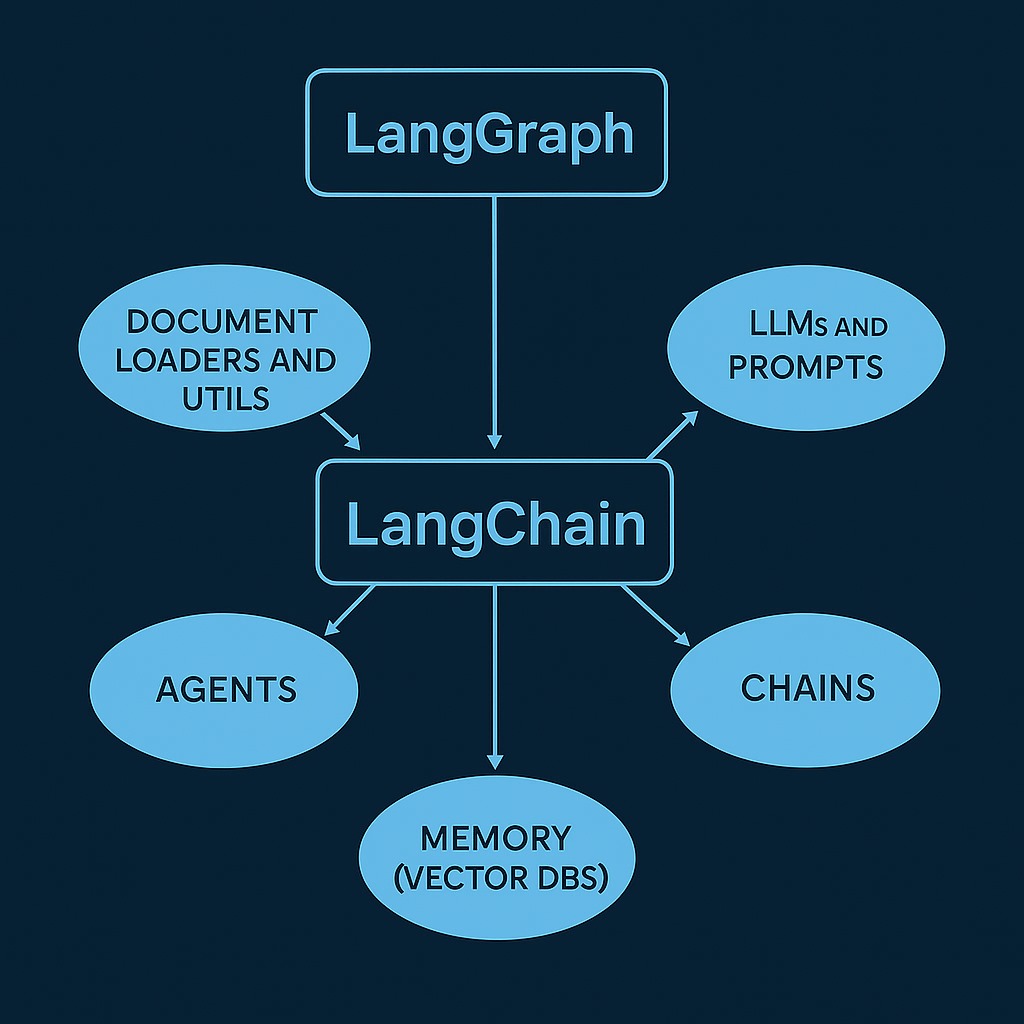
Our Agentic AI solutions integrate LangGraph, LangChain, and MCP to tackle complex business use cases across telecom operations. These technologies allow for real-time, multi-agent decision-making, providing actionable insights and automating intricate workflows without manual intervention. It's the next evolution in AI-powered telecom solutions.
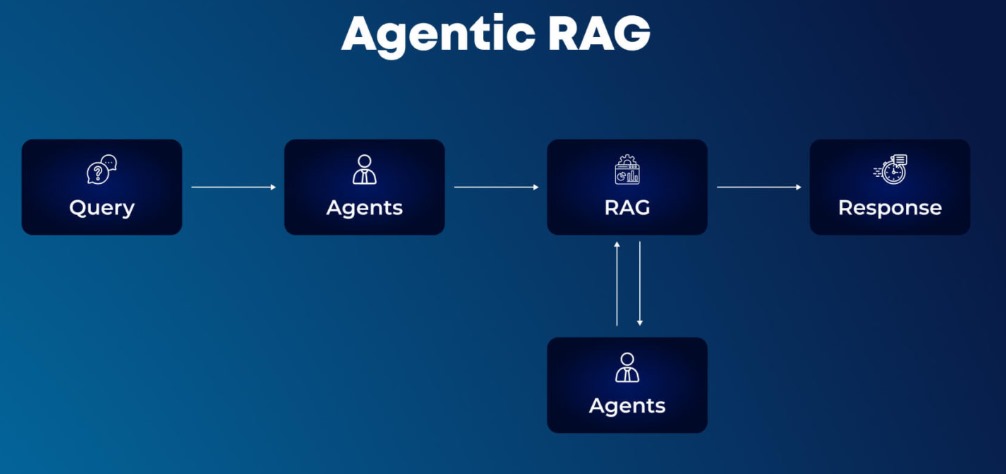
We offer ready-to-deploy RAG-based AI agents that address frequently encountered use cases such as customer support, service activation, and network monitoring. These agents are built on the Red, Amber, Green (RAG) framework, offering a flexible, easy-to-implement solution that ensures your teams can focus on strategic growth while the agents handle routine tasks.

Deploy your AI agents across multiple channels such as Web, WhatsApp, Telegram, and more, ensuring consistent engagement with your customers wherever they are. This cross-platform capability allows your team to manage customer interactions through AI-powered assistance, delivering a personalized experience on any platform.
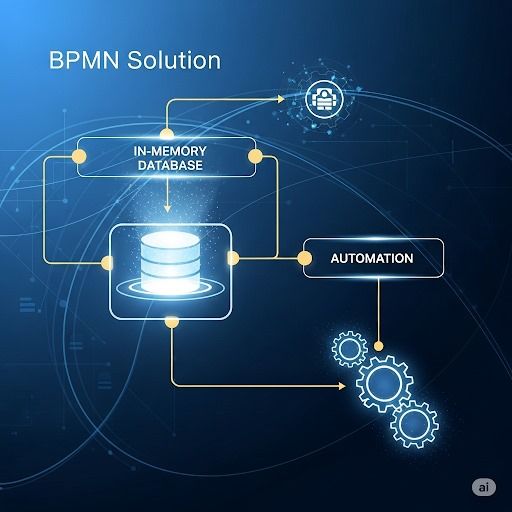
Enterprise-Grade Business Process Automation” and the content underneath are - Vizual’s BPMN 2.0 Web-Based Modeler and DMN Modeler offer an intuitive, low-code/no-code approach to business process and decision modeling. Our platform leverages in-memory databases and graph-based algorithms, providing unmatched scalability and performance to handle high-volume process automation while ensuring real-time monitoring and analysis
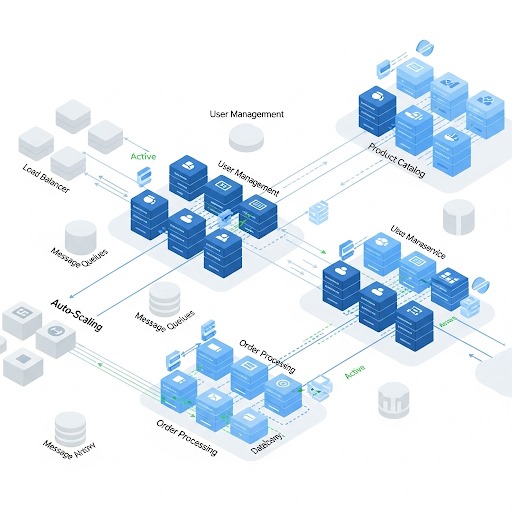
Our solutions are designed for cloud-native environments and are fully compatible with microservice architectures. This ensures that your deployments are not only scalable but also flexible and future-proof. With cloud-based deployment, you gain the ability to scale as needed, ensuring optimal performance and reliability, no matter how your business grows.
Agent Workspace
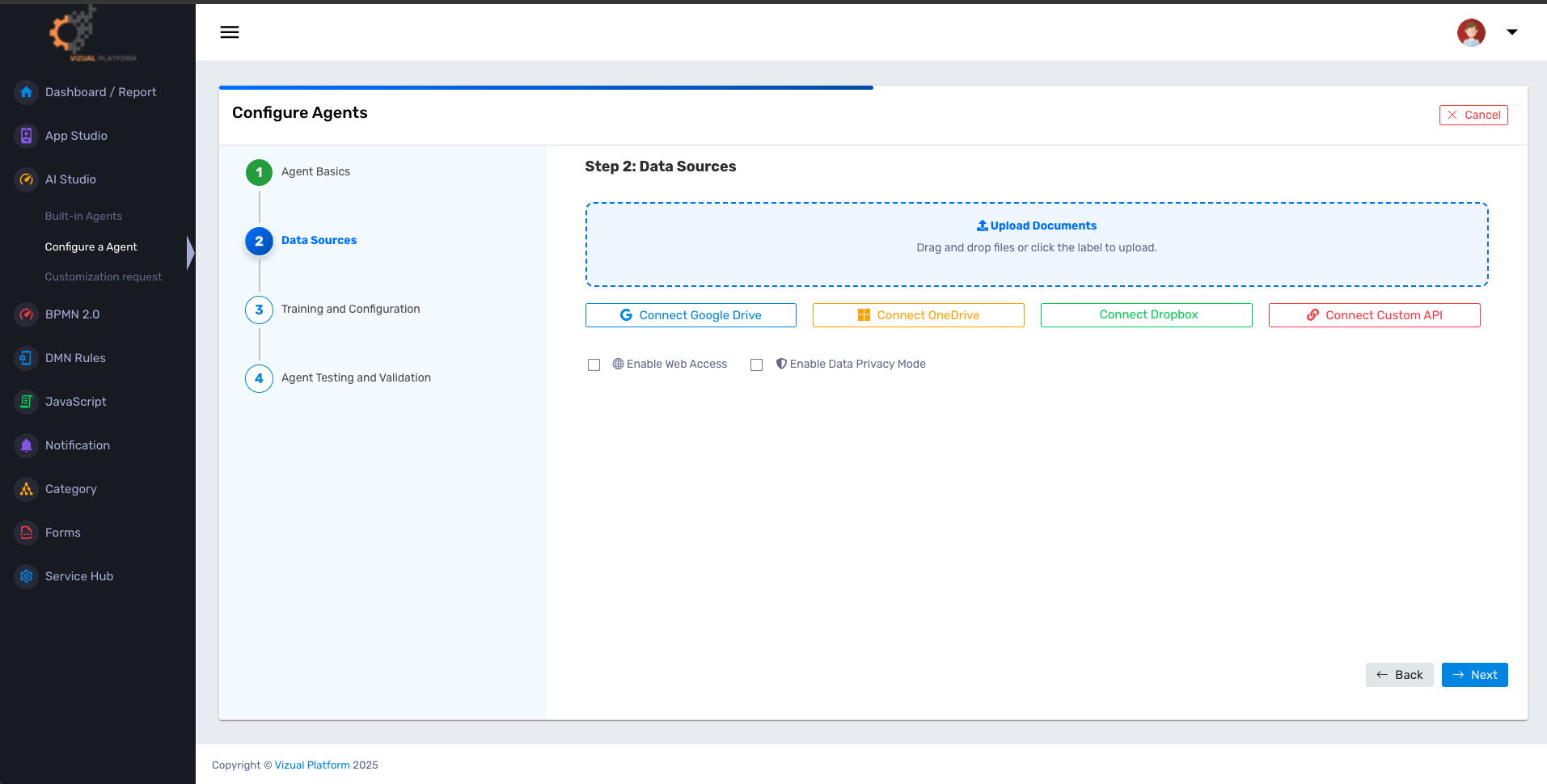
Next-gen AI Chatbot and Agents in Action
AI-powered chatbot and agents designed to seamlessly handle real-time customer interactions, offering instant, personalized responses and driving efficiency in communication.
ClickToDO
Task Management Agent
ClickToDO
An intelligent AI agent that reads and summarizes email content, classifies it, and prioritizes tasks, automating workflow and ensuring efficient task management and execution.
Health Care Professionals Interactions Agent
HCP
Tailored to the healthcare industry, this AI agent supports seamless communication between healthcare professionals, automating administrative tasks and improving patient care coordination.
Manufacturing
Customer Engagement Agent
Manufacturing
AI-driven agent for the manufacturing sector, automating customer engagement and ensuring fast, accurate responses to inquiries, enhancing client relationships and satisfaction.
24/7 intelligent customer assistance
Customer Support Agent
A versatile AI agent dedicated to customer support, providing 24/7 assistance, resolving issues efficiently, and improving customer satisfaction through automated interaction.
Personalized care and support
Telco Care Agent
An AI agent designed to assist telecom customer care agents in resolving customer support issues, providing real-time guidance, and streamlining the support process for faster resolution.
KairOS
Operations Agent
KairOS
An AI agent that optimizes telecom operations by automating network management, troubleshooting, and service delivery, ensuring smooth and efficient backend processes.
Next Best Offer Agent
Intelligent recommendation engine
Next Best Offer Agent
This AI agent analyzes customer behavior and interactions to recommend the next best offer, enhancing sales and driving personalized marketing strategies.
Product Creation Agent
Automated product development
Telco Product Creation Agent
An intelligent AI agent that assists telecom product managers by conducting competitive analysis, market trend research, and social sentiment analysis, helping create market-winning products based on actionable insights.
What Our Clients Say
Discover how leading organizations are transforming their operations with Vizual's Agentic AI solutions
Zosswater aims to lead as India's premier provider of health-centric water solutions. Leveraging Vizual GenAI's transformative power, we've revolutionized customer experience. Through GenAI, we've enhanced insteractions, personalized offerings, and ensured superior service delivery.
We're thrilled with VizualGenAI! Your innovative and intelligent approach impressed us. We've gladly referred others, thanks to your timely solutions, accountability, streamlined workflows, and accurate predictive insights.
Optiva's recent press release highlights their advancement with Generative AI-enabled Real-Time BSS, a technology now fully implemented by Vizual GenAI. Many thanks for this quick turn-around and the close cooperation to make this work – very appreciated and happy.
We're delighted with VizualGenAI's innovative prowess. Your solutions have impressed us with their precision and adaptability. We've confidently recommended your services, thanks to your streamlined processes and insightful predictions.
Meet Our Leadership Team
Experienced leaders driving innovation in agentic AI solutions for enterprise transformation

Dinesh
Founder & CEO
Visionary leader with 15+ years in AI and telecommunications. Dinesh drives Vizual's strategic direction and innovation in agentic AI solutions.

Nimish
CTO
Chief Technology Officer with extensive experience in AI architecture and system design. Nimish oversees the technical vision and implementation of our agentic AI platform.

Santosh
CTA
Technical architect with deep expertise in machine learning and distributed systems. Santosh leads the development of our autonomous agent platform.

Kedar
CSA
Operations leader specializing in scalable AI systems and enterprise solutions. Kedar ensures our platform delivers enterprise-grade performance and operational excellence.
Our Values
Innovation First
We continuously push the boundaries of what's possible with AI technology
Customer Success
Our clients' success is our primary measure of achievement
Collaborative Excellence
We believe in the power of teamwork, both human and AI
Ethical AI
We develop responsible AI solutions that benefit society
Join Our Mission
We're always looking for talented individuals who share our passion for transforming businesses through innovative AI solutions.
Latest Insights & Updates
Stay updated with the latest trends, technical insights, and success stories from the world of agentic AI
About Vizual Platform
We are a leading provider of autonomous agentic AI solutions, specializing in multi-agent systems that transform how businesses operate. Our platform enables organizations to deploy intelligent agents that collaborate seamlessly to deliver refined outcomes across various industries.
Our Story
Founded by a team of AI experts and telecommunications veterans, Vizual Platform emerged from the recognition that traditional AI solutions often work in isolation, limiting their potential impact.
We pioneered the concept of collaborative agentic AI, where multiple specialized agents work together based on intelligent workflows to deliver superior outcomes. Our approach combines cutting-edge technologies like LangGraph, LangChain, and MCP to create truly autonomous systems.
Today, we serve enterprise clients across telecommunications, healthcare, and manufacturing industries, helping them achieve unprecedented levels of operational efficiency and customer satisfaction.
Our Expertise
Deep technical knowledge across multiple domains enables us to deliver comprehensive AI solutions
Building sophisticated AI agents that can collaborate and make autonomous decisions
Specialized AI solutions tailored for telecom industry challenges
Seamless integration with existing enterprise systems and workflows
Advanced retrieval-augmented generation for intelligent information processing
Our Vision
To become the global leader in autonomous agentic AI solutions, enabling businesses worldwide to achieve unprecedented levels of efficiency, innovation, and growth through intelligent automation and collaborative AI systems.
Our Mission
To democratize advanced AI technology by providing intuitive, scalable, and collaborative agent solutions that empower organizations to solve complex problems and unlock new possibilities through autonomous multi-agent systems.
Get in Touch
Ready to transform your business with autonomous agentic AI? Let's discuss how we can help you achieve your goals.
Have questions about our agentic AI solutions? We'd love to hear from you.





